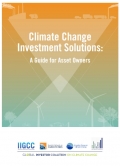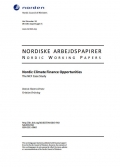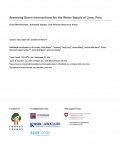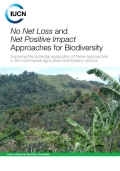Global
Non-governmental agency helping farmers restore ancient system in Andean region and revitalise their water supplies.
High in the Andean region of Peru, ancient Peruvians stored water in ancient canals dating back to the seventh century. In modern Peru...
Investment in clean energy has risen substantially over recent years, but we are still not safe from the 2°C threshold for climate change. The world needs greater access to climate finance, explains Christiana Figueres, Executive Secretary, United Nations Framework...
Illegal logging in Ghana is partly a problem of poverty. Changing the policy environment — especially enforcement to combat illegal logging — has proved to be important over the years, but needs to be complemented by offering alternative income opportunities to illegal activities to...
The goal of reaching an ambitious globally binding climate agreement by 2015 is one of the key challenges that the international community needs to address. Issues on how private finance can be linked to public funding structures to ensure sufficient funding for mitigation and...
Changing Climate, Moving People is a 35-minute film made by The Energy Resource Institute (TERI), for UNESCO, which looks at disaster or climate stress related migration from three different regions in the country – Uttarakhand, Bundelkhand and Odisha. These three states are already...
A new IUCN study examines, for the first time, how commercial agriculture and forestry production could reduce global biodiversity loss by applying innovative approaches already used by some companies in the extractive and infrastructure industries.
The...









